Create Your Healing Garden
Healing gardens are thoughtfully designed spaces that promote healing and well-being. Create your healing garden and engage all five senses.
Unlike traditional gardens, healing gardens are specifically designed to provide a calming and restorative environment for all people, not just those with specific health conditions.
Typically found in hospitals or healthcare settings, key elements of healing gardens include vibrant colors, soothing sounds like water features, pleasant scents from flowers and herbs, and a tactile experience from plants in the garden.
When creating a healing garden, it’s important to consider factors like color selection, lighting, noise reduction, layout, and natural elements to maximize its therapeutic impact.
Make Your Own Healing Garden
Now you know some of the benefits that healing gardens can deliver, it’s time to create your own.
While setting up your own healing garden can be challenging, it can also be rewarding. Follow these tips and tricks to make the setup process easier. When you finish, you’ll have a garden to enjoy year round for years to come.
Assess the Practicalities
Before you begin to create your healing garden, you need to establish the practicalities. This includes:
- The layout
- The environment
- Focal points
- Textures
You’ll need to have a good idea of where you want to put everything before you get started. Make sure the layout meets your needs. For example, if you suffer from mobility issues, take that into account when designing the paths.
You’ll also need to consider the environment, such as the climate and the noise pollution surrounding the garden. The climate will determine the type of plants and flowers you can use, while you’ll need to block out as much noise as possible in your garden’s design.
It’s also important to establish the focal points of the garden. Make sure at least one focal point grabs your attention. This could be a tree, a piece of furniture, or even a sculpture.
Next, it’s time to determine how you can add different textures to the garden. If you’re using a variety of plants alongside trees and different types of paving, this will produce several different textures.
Do you have the Necessary Equipment?
Once you know what you want to include in the garden, it’s time to make sure you have the right equipment.
You’ll need standard gardening equipment such as shovels and compost. However, if you’re planning on designing the entire garden by yourself, you may also need to invest in specialized equipment. Be sure you have all of the necessary equipment before starting on the garden’s design.
Choose Plants for Your Healing Garden
Choosing the right plants and flowers is fundamental in designing the perfect healing garden. Remember to choose flowers that resonate with you. Each of us is different so you’ll want to make sure you include plants and flowers that enhance your senses.
Of course, you also need to consider how well the plants will grow in your climate. If you’re unsure of which plants and flowers would be best, it’s a good idea to ask someone at your state extension office. The extension agent and staff are knowledgeable about which types of plants grow best in your environment. You can find your state extension office by using these words in an internet search: “[LIST YOUR STATE HERE] state extension offices near me.”
Choose Other Elements for Your Healing Garden
All healing gardens should boast a water feature. Water features help to aid relaxation and they can look beautiful in the garden.
You’ll find a variety of different water features on the market. You can purchase an ornamental water feature or create a pond in the garden if you’d prefer.
Of course, you’ll want to be able to sit back and enjoy your hard work. Comfortable seating is a must for DIY healing gardens. It allows you to fully rest and relax in the garden, which produces many more benefits.
Using stepping stones creates a unique pathway. The stones add a magical feel and make the garden design much more interesting.
This is just a brief guide to creating a healing garden. Do as much research as possible before creating your garden. It is easier to change a plan during the design stage versus changing it once it’s built.
To ensure the best results fastest and with the least stress, you might consider hiring a professional gardener to create it for you. The professional gardener will be able to create a healing garden faster than if you do it yourself.
What Type of Healing Garden Should I Create?
When you’re thinking of creating your very own healing garden, you need to have a clear awareness of the types of gardens you can design. Before starting, the continuity of the garden layout will be easier if you understand the different types of healing gardens that you can pull from.
Each type of healing garden offers its own unique benefits. So, let’s take a look at what the different types of gardens offer and how you can decide which one is right for you.
Respite Gardens
Respite gardens are the most common type associated with healing gardens. They are predominantly used in healthcare settings and hospitals.
Their main goal is to provide respite, encouraging faster healing and recovery. This type of healing garden doesn’t require individual maintenance. Instead, the facility where the garden exists pays someone to keep up with the garden, so that you can simply enjoy the aesthetics.
Mobility Gardens
Some types of healing gardens are designed to accommodate anyone with mobility issues. Those who have limited mobility can find it difficult to get around and keep up with standard gardens. A healing garden designed to aid mobility is much easier to use and enjoy.
Edible gardens are especially well suited to those with mobility issues. They are easy to maintain and also provide delicious produce that may be added to your daily diet. Not everything in the garden needs to be edible, but it will mostly contain fruits and vegetables.
Sensory Gardens
A popular type of healing garden is the sensory variety. As the name suggests, these are specifically designed to trigger all of your senses.
They make use of taste, tactile (touch), sight, and smell. These are also beneficial for those with decreased mobility, including children with learning difficulties. They contain things such as water features, sandboxes, and brightly colored flowers. Wind chimes are also an excellent feature to add to a sensory garden.
Educational Gardens
Educational gardens are an especially beneficial type of healing garden for children. They help to teach kids about different plants and wildlife. A small vegetable patch included in the garden will also allow you to teach your kids about growing your own produce. I have found this provides a bonus benefit in that my children were more likely to eat the veggies that they helped to grow.
Additionally, many educational gardens include things such as bird houses, insect house, and wildlife feeding stations.
Dementia Gardens
Another type of healing garden is the dementia garden. This garden is ideal for those suffering from dementia or Alzheimer’s and has a simple layout with sensory elements. It’s important to offer seating in these gardens as well as to not change the layout once the garden has been built.
How Do I Choose the Best Type of Garden?
Now that you are familiar with some of the different types of healing gardens, the question becomes how do you choose the best one for you?
Think about who the garden is for and what its purpose will be. Is it simply going to provide a place you can escape during stressful times? Or are you hoping it might improve certain aspects of your health? Understanding the purpose of the garden will help you to identify which one to use.
Most healing gardens tend to feature the same kind of elements. If you want to create one specifically for you, don’t be afraid to mix and match the elements featured in differing types of gardens. For example, you could add sensory elements to both dementia and educational-style gardens.
You can tailor the design to match your individual preferences and make it just right for your needs. A healing garden can be whatever you want it to be. Remember to include elements that spark calm and happiness and then spend time in your garden to enjoy the healing benefits.
What Plants Work Best to Create Your Healing Garden?
When you’re putting together your healing garden, a key element to include is plants and flowers. These help to evoke your sense of smell, sight, and touch, making them perfect for use in a healing garden.
However, with so many different plants and flowers available, how can you choose the best ones for your garden? Below, we’ll look at some of the best plants and flowers you can invest in to create the perfect healing garden to fit your needs.
Sage
There are lots of herbs you can add to a healing garden and Sage is one of the best. Not only does it boast a soothing scent, it also provides many great health benefits.
Sage is packed full of antioxidants and nutrients. It has also been linked to relieving the symptoms of menopause and it can help to improve oral health. These are just a small number of the health benefits it provides.
One additional benefit of this great herb is that it acts as a natural pesticide. If you tend to have a lot of garden pests, adding this to your garden might help to fend them off.
Chamomile
Another herb you’ll want to add to your garden is Chamomile. This is one of the most soothing plants to include in a healing garden. It is very easy to grow and can be used in a lot of different ways.
Chamomile also makes a great companion plant. That means, when planted among vegetables and fruit trees, it can help to ward off fungal disease.
The health benefits of chamomile are also impressive. You may recognize that it is frequently used in herbal teas and as a relaxation and sleep aid.
A great tip when growing chamomile is that if you plant it next to other herbs like rosemary, it enhances its natural scent.
Lavender
When it comes to soothing flowers, Lavender can’t be beaten. It produces a wonderful, relaxing scent that is perfect in healing gardens.
It also boasts a sedative quality, which like Chamomile, acts as a sleep aid. It’s also a robust plant and requires little in the way of maintenance to keep it thriving year after year.
After being surrounded by the scent and colorful beauty of Lavender, you’ll instantly feel calmer, more relaxed, and happier.
Fuchsia
Healing gardens are all about brightly colored flowers. Why not opt for hardy Fuchsias which can be grown in hanging baskets around the garden? These will come back year after year and they offer the benefit of a very vibrant color.
As you search for Fuchsia, you’ll find they come in a wide variety of colors and shapes. Browse the different varieties available to see which ones you prefer.
Hydrangea
Another plant to consider is the Hydrangea. These are fairly large, which ensures they stand out in the garden to create a beautiful floral feature. They come in a variety of colors and tend to attract many varieties of wildlife.
While the most popular Hydrangeas are large, you can also find them in different sizes. This ensures there is a Hydrangea to suit every garden environment.
Meaningful Plants
When choosing plants for your healing garden, you’ll want to consider adding those that have a personal meaning. For example, if you are creating a dementia garden, you can incorporate some of that person’s favorite childhood flowers.
When you focus on adding plants that have personal meaning for you or for whomever you’re creating the garden for, you and they will receive the most benefit from the garden. It could be your favorite plants, or you may have been gifted a stunning bouquet of a specific flower that you’ve now fallen in love with.
Making the healing garden personal to you is a great way to enhance its benefits.
These plants are only a few of the best plants to include in your healing garden. Take time to research your options and keep in mind the maintenance of each plant before deciding whether or not it’s right for you.
By following these tips and guidelines, you’ll create a beautiful and beneficial healing garden for you and others to enjoy.
I’m Master Gardener and small business owner, Kim Nelson. Learn more about gardening and living a healthy lifestyle at VeggieGardenHQ.com. Claim your complimentary guide to “Grow These Three Vegetables Anywhere Year-Round”.

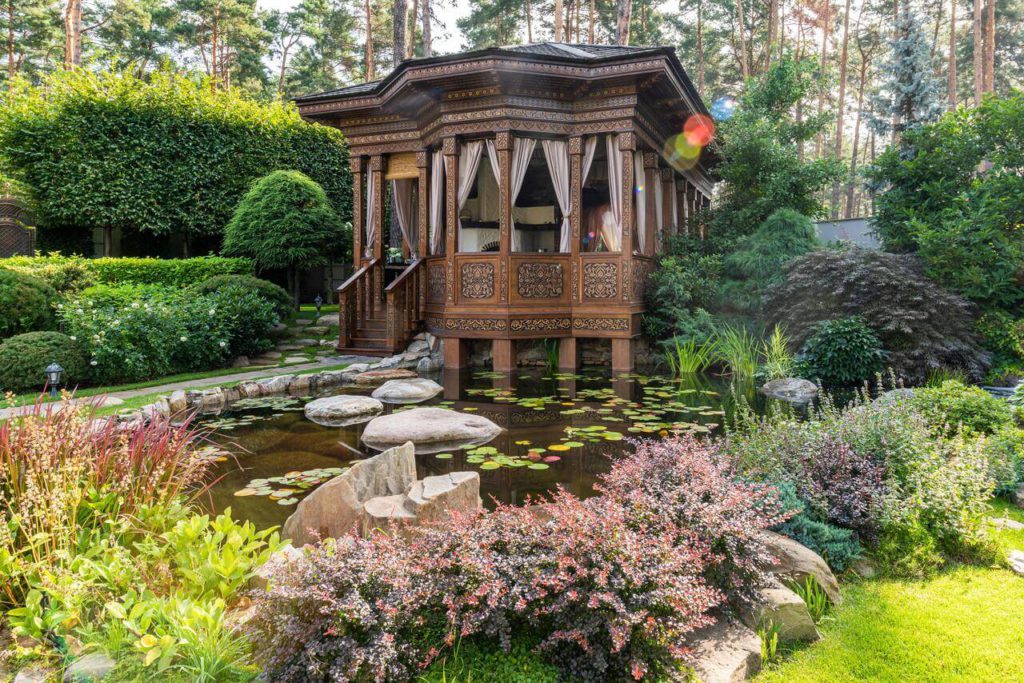
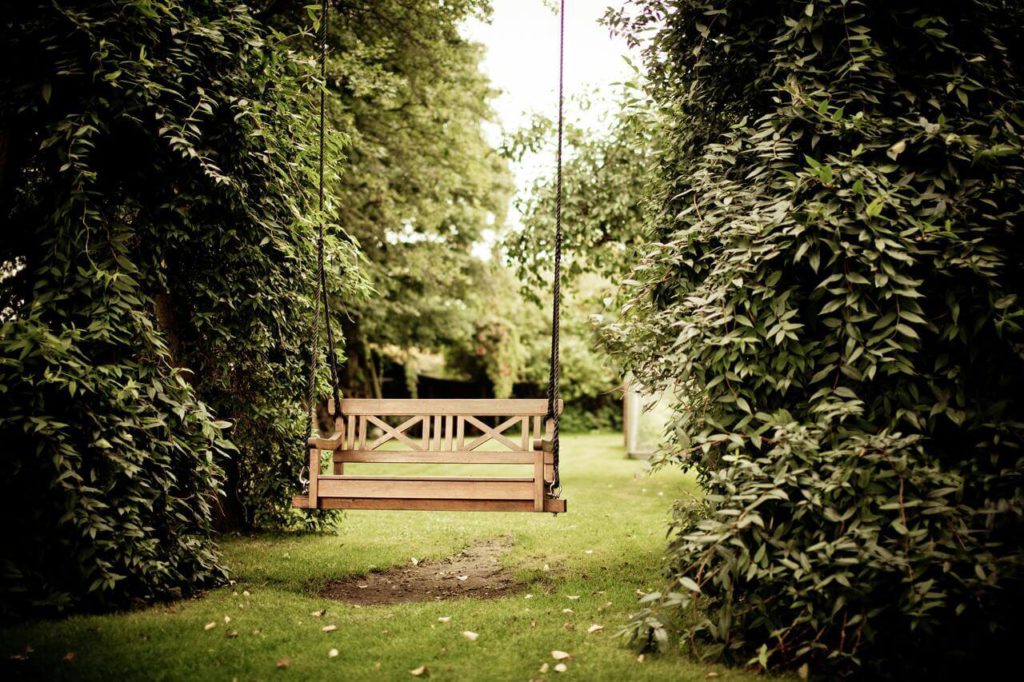
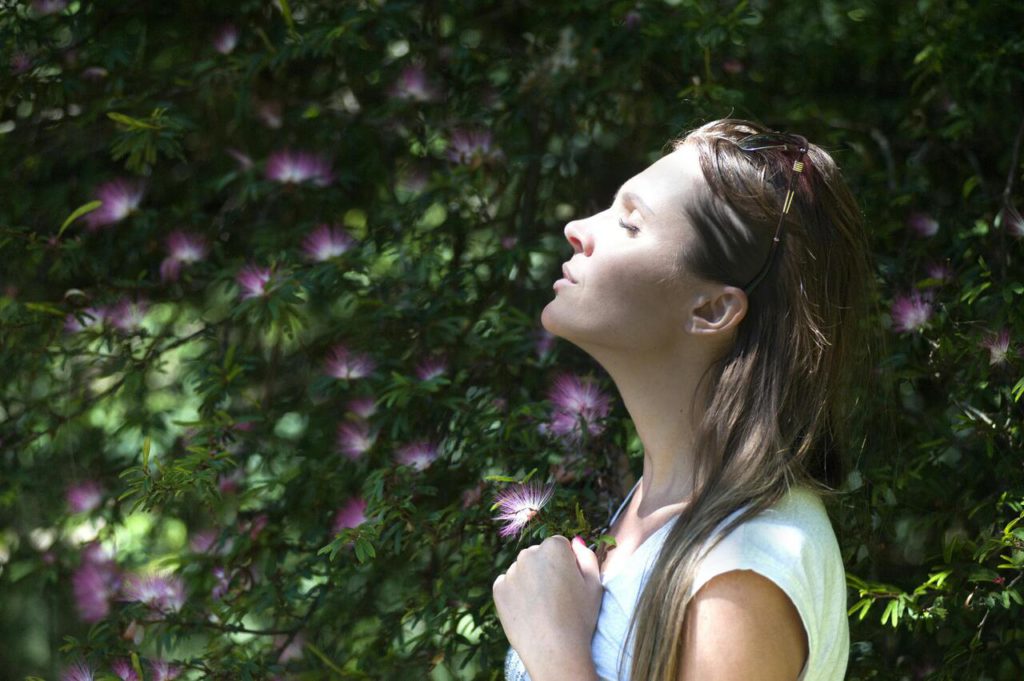
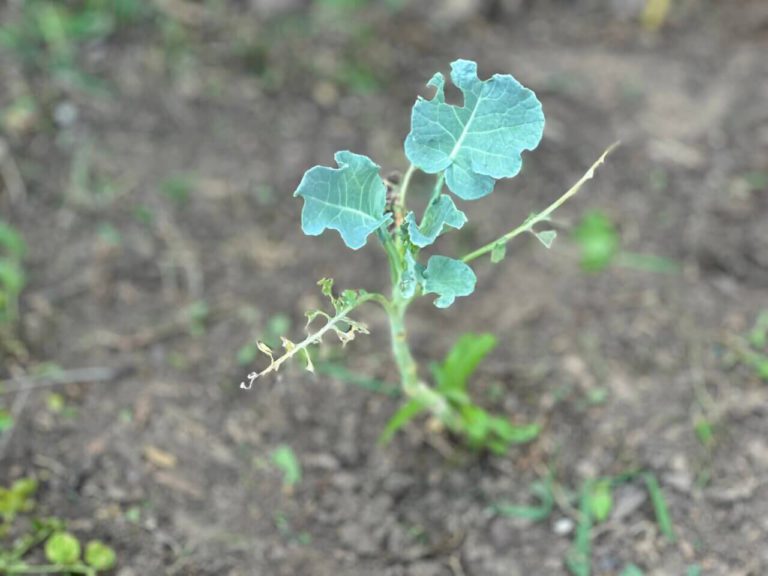
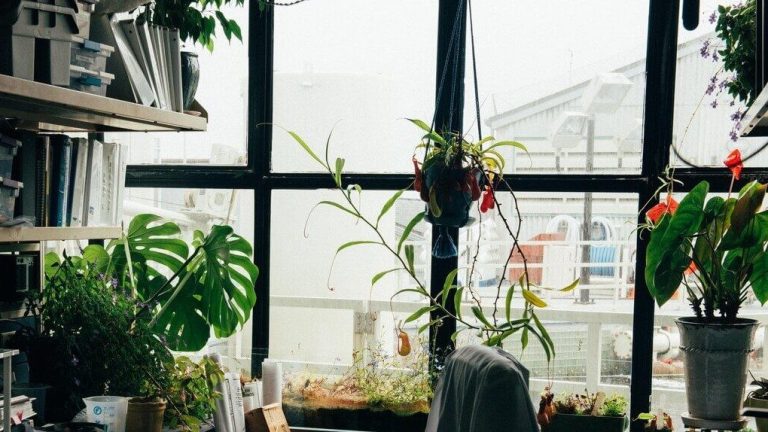
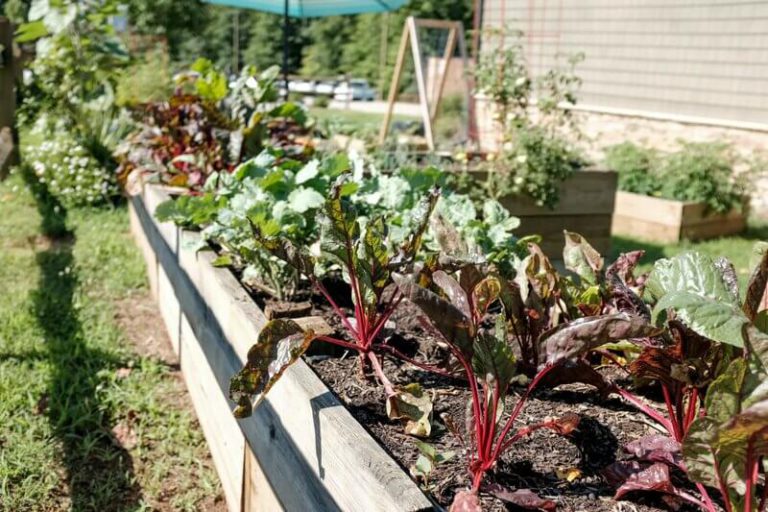
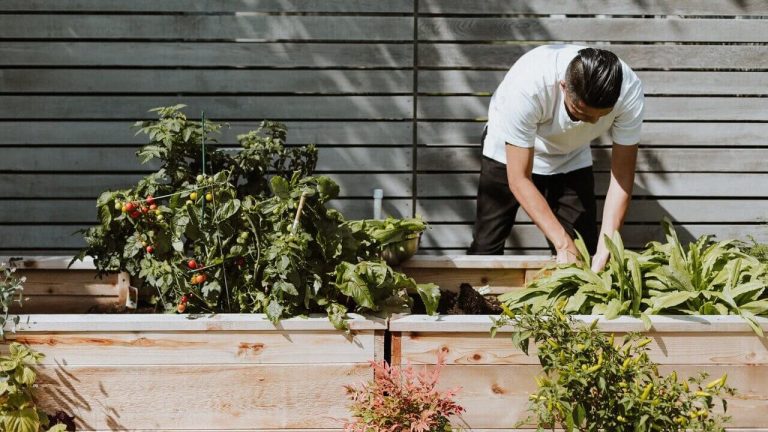


One Comment
Comments are closed.